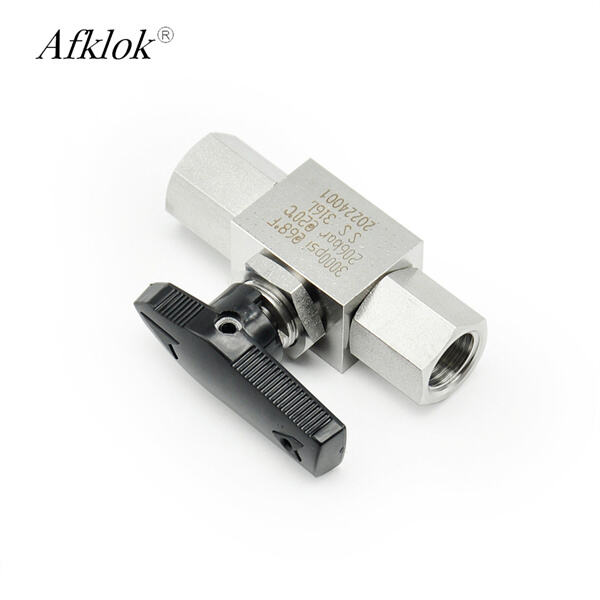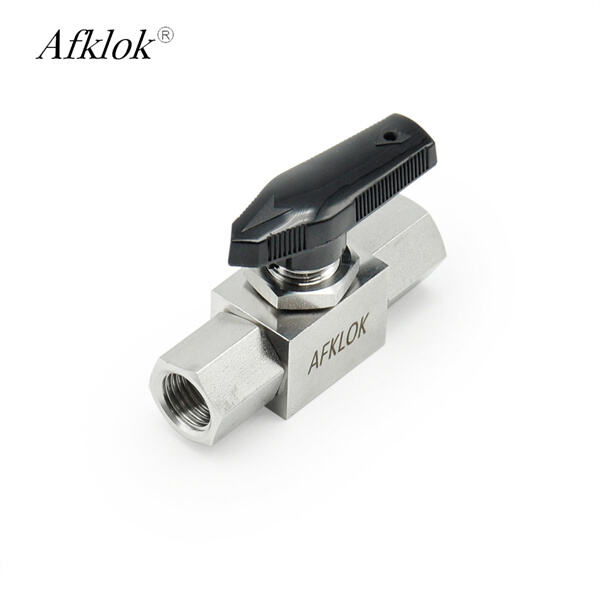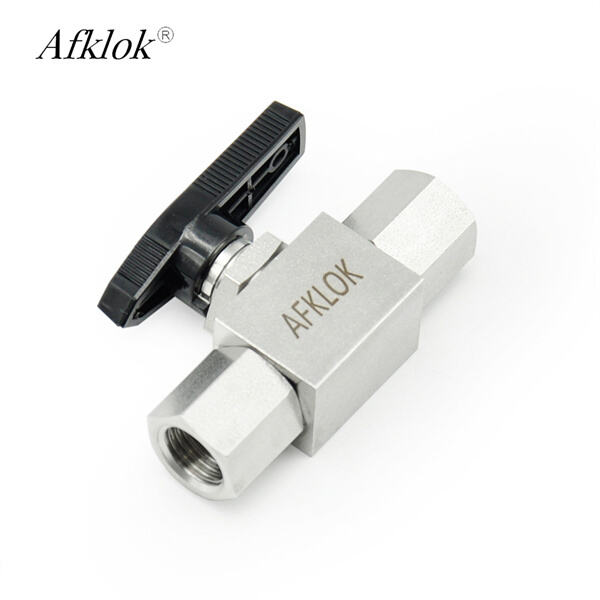But, have you ever heard about Pneumatic Actuated Ball Valve? This is a specific valve meant to regulate the flow of liquid and gas through pipes. This type of valve is employed by various different businesses and industries to maintain and control their processes. Let us dive into what Pneumatic Actuated Ball Valve is, how it works and its advantages and significance across different industries in this text.
In a Pneumatic Actuated Ball Valve, there is a round ball inside the valve that can rotate. This is not just any ball; it has a hole in the center. It has a hole through which liquids or gases can flow when the valve is open. Understood, if the ball is closed, the gap is turned in the opposite direction to the direction of flow, which prevents the passage of fluids or gases. As the ball moves into the open position, the hole aligns perfectly with the flow, resulting in minimal resistance to the liquid or gas passing through it.
The valve uses compressed air to regulate the amount of liquid or gas that flows. This compressed air then enters an actuator, which is basically a device that enables motion. The air pushes on a piston that rotates the ball inside the valve. This design allows control of the valve to be by an operator many meters away — in a control room, for example — instead of right next to it.
Pneumatic Actuated Ball Valve have many advantages in diverse industries. Их самым выдающимся достоинством является то, что они обеспечивают очень точное дозирование по количеству притекающей жидкости или газа. This level of control is essential in sectors such as food and beverage production, pharmaceuticals, and chemical processing, where precise measurements are required for safety and quality.

One more advantage is that these valves have high reliability and durability. They are constructed using high-grade materials that can withstand extreme conditions like high temperature and pressure. This makes them particularly valuable in oil and gas industries, where the valves are frequently subjected to extreme pressure and temperature conditions that are challenging for other valve types.

Different types of pneumatic actuated ball valves exist based on their sizes, pressure ratings, and materials. The diameter of the ball inside the valve determines the size of the valve. The pressure rating indicates the maximum pressure that the valve could take with a breakage. However, the valve body will use a kind of material according to what kind of liquid or gas will flow through the valve.

You also need to know that there are two kinds of Pneumatic Actuated Ball Valve: two-piece and three-piece. A two-piece valve consists of a two-part assembly bolted together, and a three-piece valve consists of a three-part assembly bolted together. General: Generally speaking, most people will tell you that the three-piece valve is easier to rebuild or service than the two-piece as its essentially a time saving endeavor.
Shenzhen Wofly's vast industry experience and technical expertise lets them design and produce high-purity gas supply systems along with related components that are tailored to specific industry needs. The company understands that every industry faces its own challenges and constraints. They can address these challenges with customized solutions, and ensuring pneumatic actuated ball valve performance.
pneumatic actuated ball valve is equipped with sophisticated high-tech pipe welding tools from Swagelok This demonstrates their commitment to the highest standard of construction for gas pipeline engineering. The company continually invests in the development of research and technology in order to remain in the forefront of the industry. This allows them the ability to launch innovative products and technologies that meet evolving market demands and developments in gas supply systems.
pneumatic actuated ball valve puts customer satisfaction first, and provides prompt personal service throughout the product lifecycle. This includes consulting, design and procurement, as well as installation, testing and maintenance and ensuring that customers get complete solutions to their gas supply needs. By insisting on satisfaction of customers, the company fosters long-term partnerships and returning customers. This not only increases their customer base, but allows them to continually improve their products and services based on customer feedback.
Shenzhen Wofly pneumatic actuated ball valve a one-stop solution for all your gas supply needs including design consultation, to installation, production, testing and maintenance. This allows for a simplified process for customers, eliminating the hassle of working with many vendors. We are a seasoned professional with an in-depth understanding of the fluid industry. We are able to provide customized, informed solutions to satisfy the specific needs of each customer. We keep abreast of the latest developments and trends in the industry which means we are able to offer the most innovative solutions.